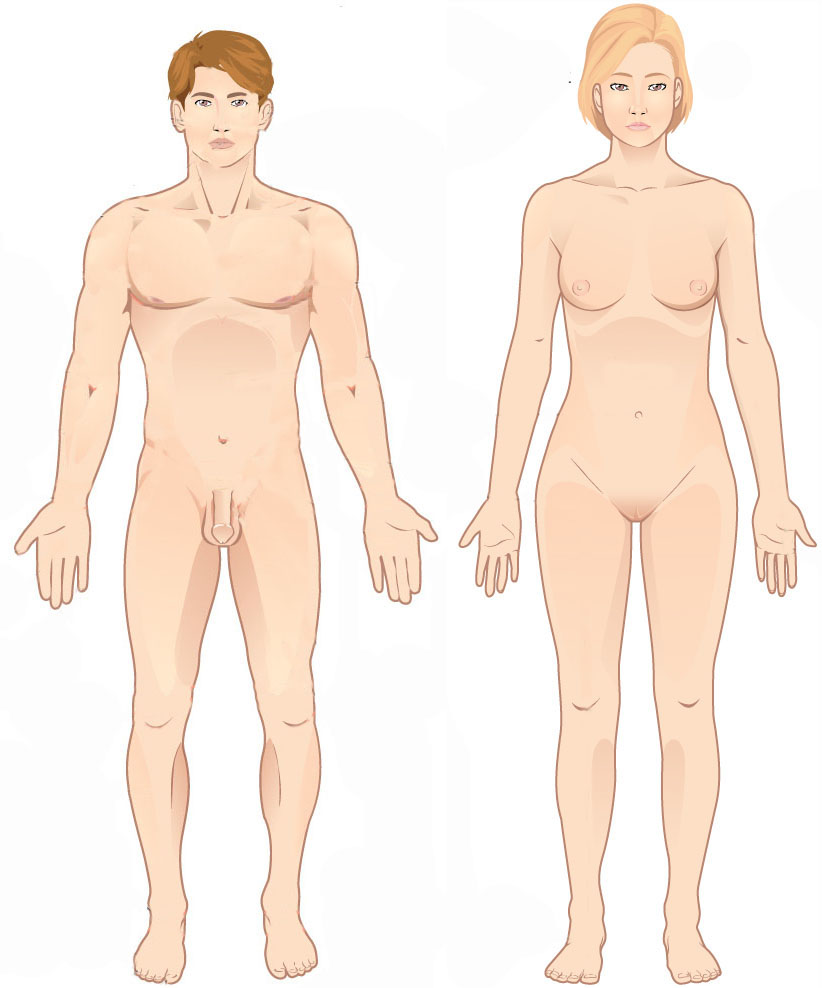Finger Injury
Extensor Tendon Injury at DIP (Mallet Finger)
Pt presents with acute onset pain at distal interphalangeal (DIP) joint after being struck by a basketball with finger in full extension. Injury occurred within the previous 3 months. Dorsal DIP tenderness with no active DIP extension when isolated during exam.
Mallet finger injury. Source: Clappstar.
Mallet finger mechanism of action. Source: Davplast.
Imaging
Initial 3-view radiography (anteroposterior, true lateral, and oblique views) shows bone fragment on dorsal surface of proximal distal phalanx
3-view radiography s/p splinting shows confirms alignment of fracture fragment
Intervention
Continuously splint in extension DIP x 8 weeks
Unable to perform full passive extension and/or avulsion fracture involving > 30% of the joint: Refer to orthopedics
Counseling
Pt counseled that failure to adhere to splinting recommendations and not to flex joint during treatment as it could result in permanent injury
Pt reassured that athletic activities that do not place joint at risk of re-injury may continue during splinting
Pt instructed to contact provider if distal phalanx blanching is noted during splint as reduced blood supply can result in distal finger necrosis
Notes
Most common tendon injury of the hand
Can be treated for up to 3 months s/p injury
Passive extension is performed by examiner
Patient adherence to splinting determines treatment success
See link for more information and images
Flexor Digitorum Profundus Tendon Injury (Jersey Finger)
Pt presents with acute onset pain at the distal interphalangeal (DIP) joint after grabbing an opponent’s jersey during a game. Per description, mechanism of injury resulted in forceful hyperextension of DIP. Volar DIP joint tenderness and inability to actively flex DIP when isolated.
3-view radiography shows bone fragment at volar surface of proximal distal phalanx
Finger splinted and patient urgently referred to hand surgeon due to risk for tendon retraction
Pt advised that surgery may be required within 7-10 days to prevent permanent injury
Mnemonic device: The term ‘Jersey Finger’ also describes Garden State residents’ inability to perform active finger flexion while driving
Ulnar Collateral Ligament Injury (e.g. Skier’s Thumb)
Pt with presents with acute onset thumb pain that occured when s/p falling while holding a ski pole. Per description, mechanism of injury resulted in forced abduction and hyperextension of metacarpophalangeal joint. Exam reveals swelling and tenderness along ulnar aspect of thumb, inability to form a pinch grip with thumb and index finger.
Recall correct anatomic position when describing the hand. Source: Connexions
Obtain 3-view radiography of thumb
Intervention
Stable joint: Immobilize with thumb-spica splint x 4 weeks; refer to orthopedics for instability persisting s/p splinting
Refer to orthopedics in cases of
Pediatric patient
Instability with MCP flexion when finger held at 30 degrees of flexion
Pt advised to avoid heavy gripping or grasping until hand strength returns to baseline
Note: Ulnar collateral ligament injuries are knows as skier’s or gamekeeper’s thumb as they are commonly occur with repeat force applied by ski poles or breaking the necks of small animals (e.g. pheasants, rabbits)


